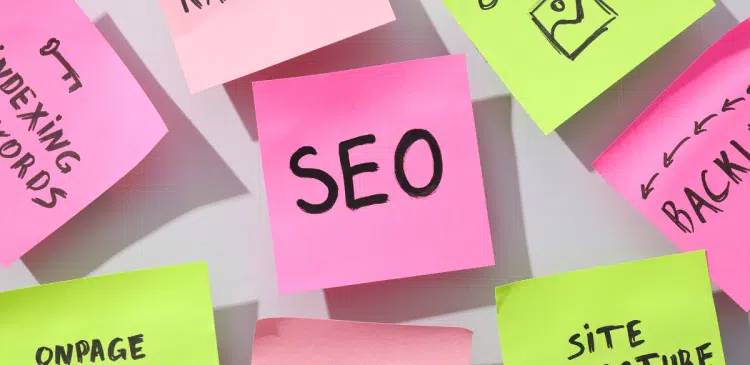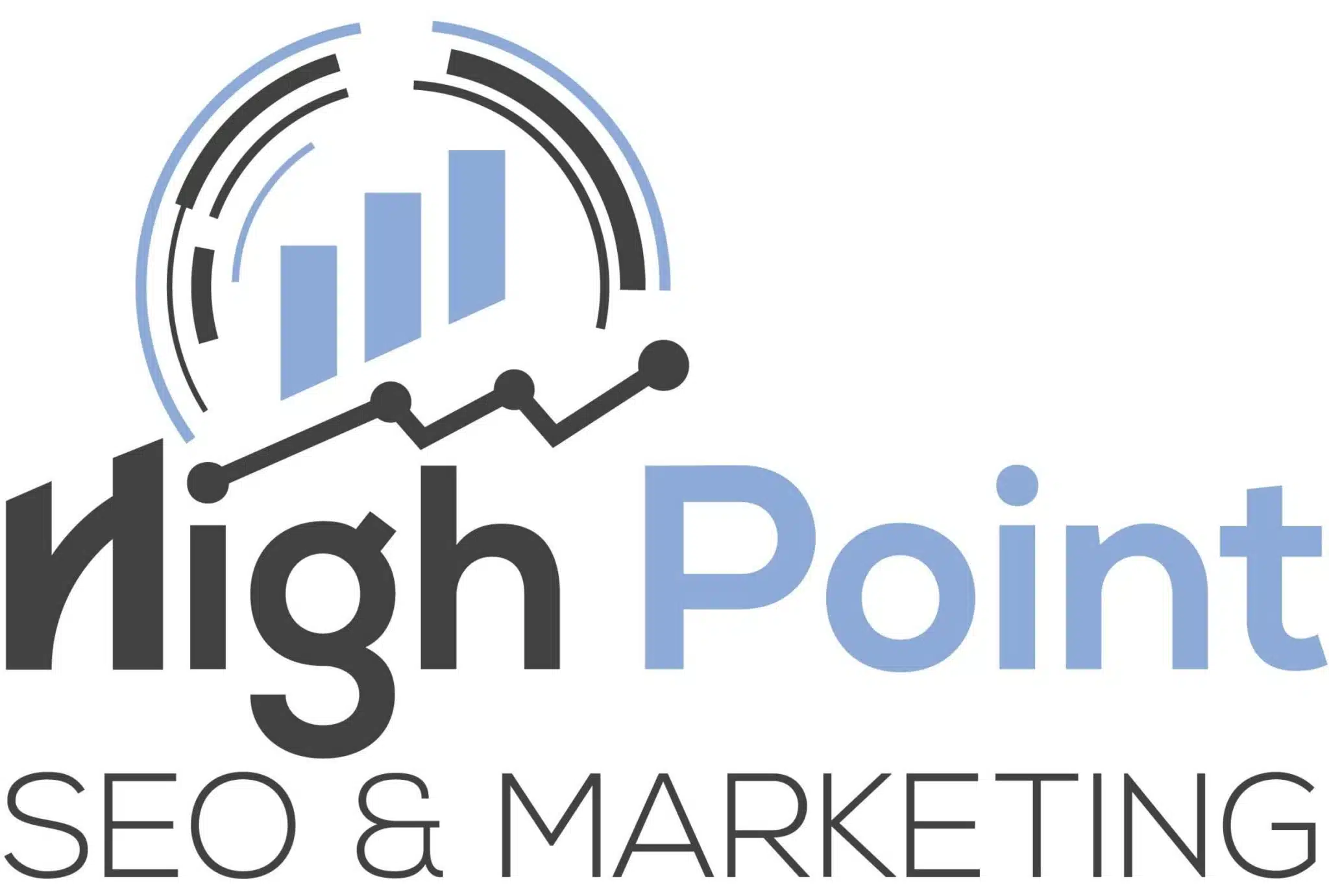Can Adding More Pictures Increase SEO?

Search engine optimization (SEO) is one of the most important aspects of marketing in the ever-changing digital marketing landscape. The question that many companies and content creators have asked, is it possible to add more pictures to improve SEO? The answer to this very question is yes but it is not about plastering your pages with randomly chosen pictures. Picture additions can be used to boost SEO, increase engagement, and overall user experience when properly implemented. We shall look at the impact of images on SEO and how they can be used well.
Why Images Matter for SEO
Enhance User Experience
The ultimate objective that Google aims at is to give the best experience to its users. When people visit the page that includes valuable and quality pictures, they will have more opportunities to spend more time and interact. This has the ability to lower the bounce rates and dwell time- both of which are good SEO indicators.
Simplify the Content
Visual information is processed faster by people compared to text. This is due to the fact that pictures are added to give a long range of text a break and enable the reader to grasp the harder to comprehend subjects. It is particularly helpful with tutorials, guides, infographics, and product descriptions.
Get Attention on Search Engines
When optimized correctly, pictures may be displayed in Google Image Search, Google Discover and even the regular search results. It implies increased publicity and possible traffic to your site.
How Search Engines “See” Images
Such search engines as Google cannot literally view an image as humans do. Rather, they use supplementary information to know what is about the picture. Herein lies the image optimization.
To optimize the pictures in order to make them SEO-friendly, you will have to pay attention to:
- File names
- Alt text (alternative text)
- Captions
- Image size and format
- Page loading speed.
These will be divided in the following section.
Best Practices for Using Images to Improve SEO
Use Descriptive File Names
Rather than putting an image with a name such as IMG-1234.jpg, rename to the name that describes the image red-running-shoes-men.jpg. This informs search engines of what the picture entails.
Add Alt Text to Every Image
One of the most significant image SEO factors is the alt text. It serves two main purposes:
- Helps screen readers explain images to the visually impaired users (accessibility).
- Provides context to the search engines on the image.
Ensure that your alt text is understandable and contains the relevant keywords and does not have keyword stuffing.
Example:
Bad alt text: shoes
Best alternative text: Red outdoor trail running shoes in men.
Use Captions When Appropriate
Captions are placed under images and they are usually read than the body text. Although not obligatory to all images, a well-written caption may add value, give some context, and enhance interest.
Optimize Image Size and Format
Big pictures slug your site and page speed is one of the ranking factors of SEO. Reduce the size of images without losing a significant amount of quality and load them with modern formats such as WebP.
Recommended tools:
- TinyPNG
- Squoosh
- ImageOptim (Mac)
Use Responsive Images
As a result of increasing traffic on mobile devices, responsive pictures are mandatory. Make sure your images are responsive with HTML attributes.
Prepare and Submit an Image Sitemap
When your site contains pictures (e.g. e-commerce, photography, travel blog), then an image sitemap can assist Google in identifying all of your pictures. This has the ability to boost the likelihood of featuring in image search results.
Types of Images That Boost SEO
Images do not make the same impact. Some forms of visuals may be more valuable in terms of SEO.
Original Images
Stock photos are acceptable, however original photos are likely to do well. Google searches like original material and that includes pictures. Have your own product photographs, team photos or in-house graphics where possible.
Infographics
A combination of text and graphics can be very effective using infographics. They have the capability of simplifying complicated information, sharing more, and gaining backlinks, another critical SEO element.
Screenshots and Tutorials
In case you are writing about a how-to or an educative post, you can use screenshots to describe each step. This optimizes user experience and minimizes confusion as well as makes visitors spend more time on your page.
Charts and Graphs
Statistics can be simplified with the help of data visuals. It is simply to have them accompanied by descriptive alt text and preferably a plain-text summary.
Common Mistakes to Avoid
Although pictures assist in SEO, applying them the wrong way can only prove to be more detrimental than beneficial.
Avoid these common mistakes:
- Cramming a lot of huge, uncompressed pictures on the page.
- Inappropriate/incidental applications of images.
- Not paying attention to alt text or having redundant alt tags.
- Replacing text with images (Google also uses real-life text to figure out what you are posting)
- Failure to test image display on cell phones.
Does More Always Mean Better?
Inclusion of more pictures can enhance search engine optimization- but only when they are valuable. Do not include pictures in vain.
Rather, reflect strategically:
- Is this picture in line with the content?
- Is it able to explain something visually?
- Will it cause the page to be more interesting or comprehensible?
In case the response is yes, then proceed and add it.
Case Studies and Stats (Why This Works)
- In a study conducted by Moz, the images were optimized, and the content was more relevant in ranking as well as in terms of user-engagement.
- According to HubSpot, the relevant articles in the presence of images are viewed 94 times as much as none.
- Google as a company has stressed on the relevance of visual content in its official resources on SEO.
These conclusions help confirm the notion that used in the right way, pictures could be a potent SEO tool.

 Bill Yeager, Co-Owner of High Point SEO & Marketing in CT
Bill Yeager, Co-Owner of High Point SEO & Marketing in CT